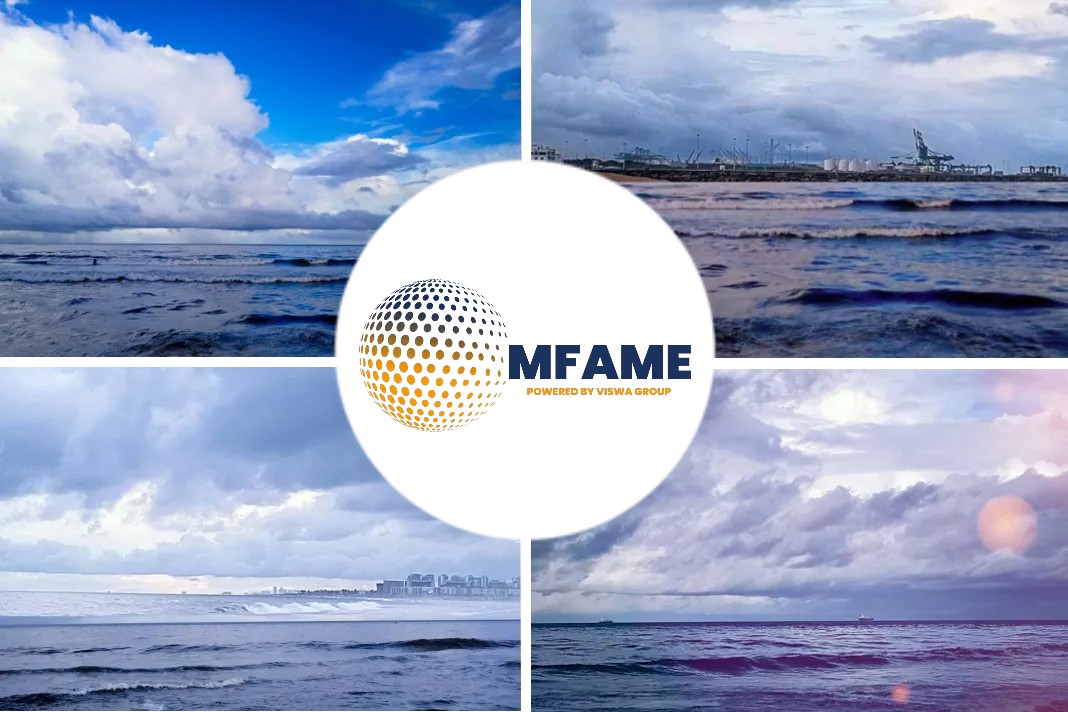
- Record vessel calls in 2023
- Trading down from last year
- One or two jetties may be added
Fujairah port is considering adding new jetties, first expansion since 2017, mentions a Platts news source.
UAE’s Port of Fujairah
The UAE’s Port of Fujairah, the world’s third-biggest bunkering hub, is considering adding more jetties to serve liquid bulk vessels, the port’s business development manager Martijn Heijboer told S&P Global Commodity Insights.
A study commissioned by the port on future opportunities “looks positive in the sense that most likely we’ll make a decision to expand our liquid bulk jetties,” Heijboer said Oct. 11.
The port currently has nine main liquid bulk jetties and a VLCC jetty and one or two may be added, the first expansion since 2017 when two dedicated bunker barge berths were added to support the bunkering market, he said.
A decision is expected by the end of this year, with construction expected to take up to 18 months to complete, he said.
Fujairah saw a surge in trading last year with increased volumes from Russia, and more growth is seen from trade with Africa and Asia and from new refineries in the region including Al Zour in Kuwait.
Fujairah’s throughput, or combined imports and exports of all refined oil products and crude oil, will likely drop to 97 million mt in 2023 from 102 million mt in 2022 but still higher than 92 million mt in 2021. “The main reason for last year’s high was the influx of high volumes of Russian products as trade flows were rerouted but the market has stabilized now,” he said.
4,800 vessel calls compared with 4,720 in 2022
The number of oil tankers calling at the port is likely to be a record, close to 4,800 vessel calls compared with 4,720 in 2022, Heijboer said.
Ships ready to deliver or load cargoes of oil products to the port have to wait on average seven hours before a jetty becomes available, he said. To capture growth and maintain or improve services, new jetties will be needed, he said. “We could still do more cargoes with the existing jetties, but that means more pressure on berth occupancy levels and waiting times,” Heijboer said. “We want to serve our customers at the highest level possible and we would like to increase our buffer capacity to deal with unexpected events, creating high volatility, as well during planned maintenance periods.”
For the port’s offshore service business, there has been a decline in bunkering volumes which are expected to be around 7.7 million cu m this year, down from 8.1 million cu m last year, he said.
The port is also exploring the usage of mass flow meters for bunker barges, he said.
Did you subscribe to our daily newsletter?
It’s Free! Click here to Subscribe!
Source: Platts














